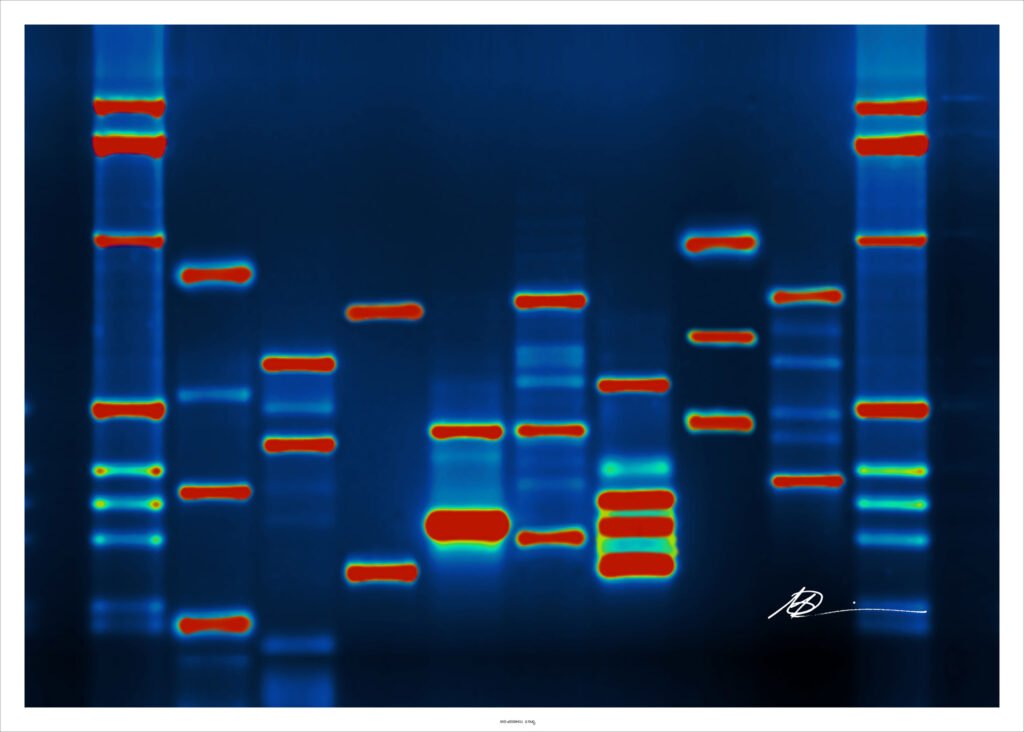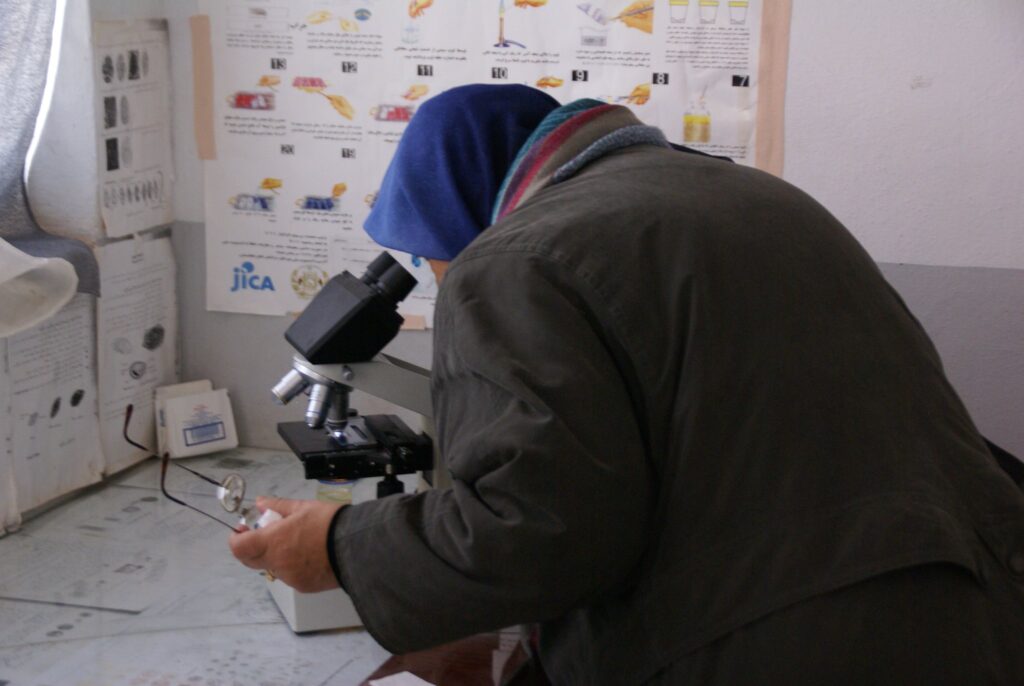Why life is about to get better for patients with rare diseases
‘Rare’ diseases are anything but. And with cheaper DNA sequencing, patients’ lives will be transformed.
 Although individually very rare, collectively, rare diseases affect huge numbers of people. : James Cridland CC BY 2.0
Although individually very rare, collectively, rare diseases affect huge numbers of people. : James Cridland CC BY 2.0
‘Rare’ diseases are anything but. And with cheaper DNA sequencing, patients’ lives will be transformed.
Imagine living with a disease that your doctor has never heard of, or only ever read about as a few sentences in a medical textbook. Imagine it took decades to get a diagnosis, or never getting one at all. Imagine if there were no treatments, no new drugs in clinical trials, and no medical or social services.
For more than 400 million people worldwide, this is their reality. With around 7,000 different rare diseases, they are collectively very common, affecting more people than have diabetes. As we approach the 70th anniversary of Crick and Watson figuring out the double helix structure of DNA, an unprecedented opportunity exists to change this bleak picture at global scale. One that could see sustainable health systems, offer new employment opportunities and deliver better lives for all of us.
One of the most exciting developments in genetics in recent years is the significant decrease in the cost of DNA screening and profiling, which has the potential to revolutionise the way we diagnose and treat rare and undiagnosed genetic conditions and diseases.
Rare diseases affect children disproportionately and can be considered the biggest global pediatric public and precision health challenge. More than 200 million children live with a rare disease globally, including tens of millions across the Asia Pacific. Rare diseases are also the biggest killer of kids, taking more children than cancer and trauma combined. Rare diseases are also the biggest hospital cost and the medical domain with the biggest direct and indirect costs when factoring in things like unemployment and lost productivity. In high-income countries, they account for two in three dollars spent on in-hospital care and nearly one in two dollars in adults.
Rare diseases, as a global, but all too frequently hidden and silent epidemic, are increasingly recognised by the United Nations, The World Health Organization, Asia-Pacific Economic Cooperation, and other international and global bodies.
Cheaper DNA profiling has the potential to change the outlook for rare disease patients by allowing more accurate and efficient diagnosis of people with rare genetic conditions. In the past, a person may have had to go through a series of expensive and invasive tests in order to receive a diagnosis. With cheaper DNA profiling, doctors now have the potential to quickly and more easily identify the genetic mutations associated with a particular disease, which can lead to more effective treatment options and better lives.
Cheaper DNA profiling can also make a national and global difference in the field of newborn screening. Newborn screening is a process in which all babies are screened for a set of rare, and mostly genetic disorders, shortly after birth. These screens can detect serious conditions that, if left untreated, can cause significant health problems or even death. In the past, these screens were limited to a small number of conditions that were considered the most common, severe and treatable of the rare diseases. However, as the cost of DNA sequencing has decreased, it’s become possible to screen for a much wider range of conditions. This provides the potential for further life-saving treatments.
Wider newborn screening needs to be introduced in a way that builds on, but does not jeopardise, the incredible and life-saving programme. It needs to fit into the existing health system, be informed by the voices of the community, and reflect not only the cost of testing, but very importantly all the downstream medical services that will be required.
Another potential benefit of cheaper DNA profiling is that it could lead to the discovery of new genetic conditions. As more people are screened, doctors are likely to uncover previously undiagnosed diseases that have been hiding in plain sight. Scientists are currently discovering more than 200 new rare diseases per year. These discoveries can and do lead to the development of new treatments and therapies, for both rare and common diseases, as well as increased awareness and support for those affected by these conditions.
Rare disease discoveries have often transformed medical care for common diseases. The commonly used cholesterol-lowering drugs known as statins came from rare diseases research. Also, many treatments for cancers and infections. Investing in the battlefield of rare diseases provides great benefit for all of us.
However, cheaper DNA profiling also raises ethical and societal questions. There is a risk the information obtained from DNA profiling could be used to discriminate against individuals or groups, either in the workplace, in healthcare or in insurance. It’s also important to consider the implications of DNA profiling for privacy and data security.
It is also critical to deliver genetic testing and services for people living with rare diseases that are culturally safe and responsive. This means designing programmes together with First Nations people, culturally and linguistically diverse populations and other people suffering from health inequity, such as the disabled. It’s important we have open and honest conversations about these issues as a society, so we can ensure the benefits of cheaper DNA profiling are realised without negative consequences.
With the cost of DNA profiling continuing to fall, there are potential implications for the truly enormous number of people on our planet living with rare diseases. It is also important to remember rarity is the factor that underlines the common needs of all people living with rare disease, irrespective if they have a genetic cause or not. Genetic testing will be transformative, but let’s not forget the many things we can also do to improve support for people living with rare diseases, right now by better and more integrated access to health and social services.
Gareth Baynam is the medical director of the Rare Care Centre at Perth Children’s Hospital, programme director the Undiagnosed Diseases Program-WA, chair of the Interdisciplinary Committee of the International Rare Diseases Research Consortium and founder of multiple initiatives launched to improve the lives of people living with rare diseases — such as Cliniface, Lyfe Languages and Project Y. He is also a clinical professor at Notre Dame University, and the University of Western Australia.
Originally published under Creative Commons by 360info™.














